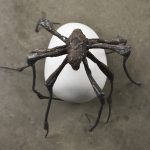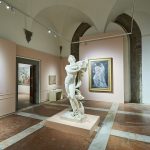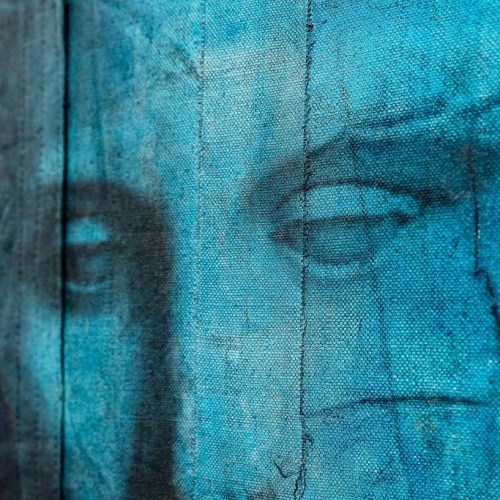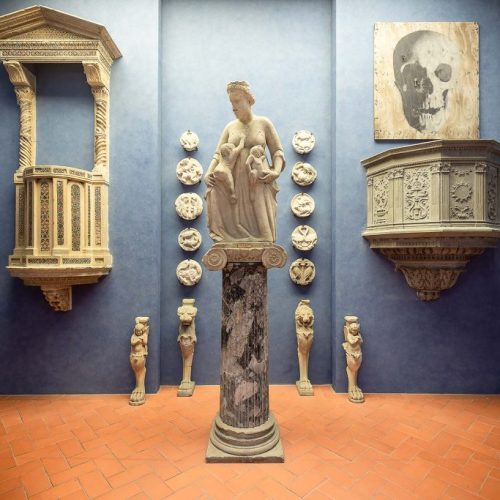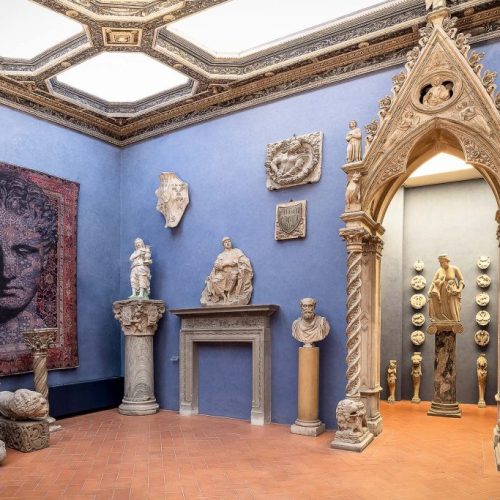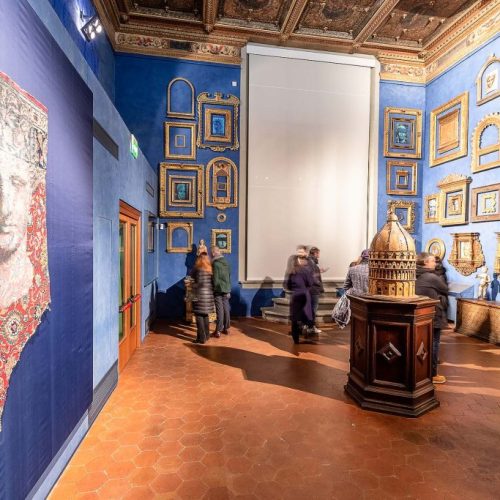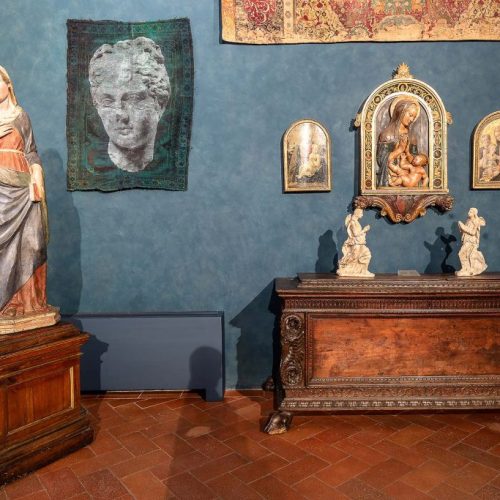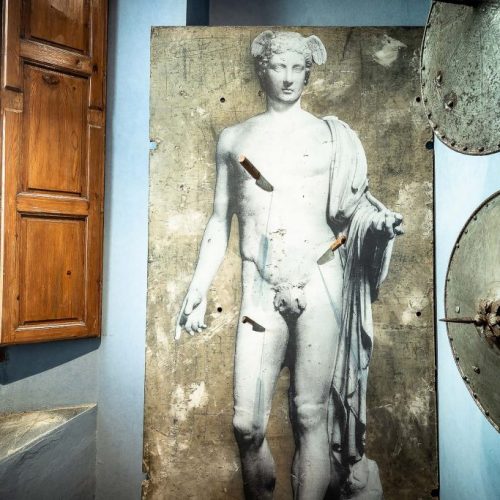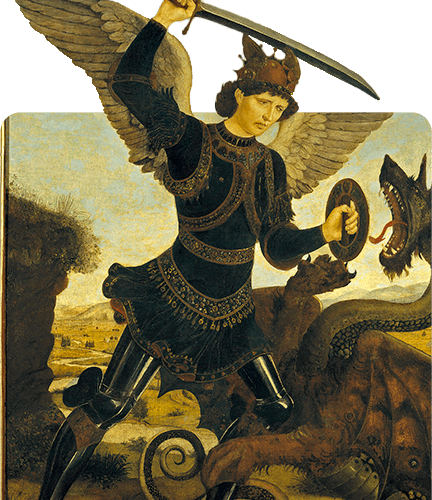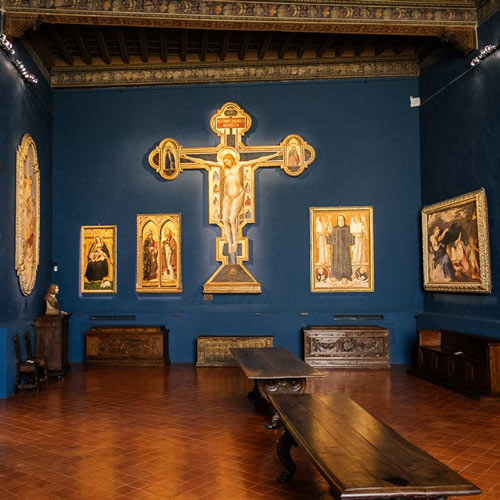Luca Pignatelli
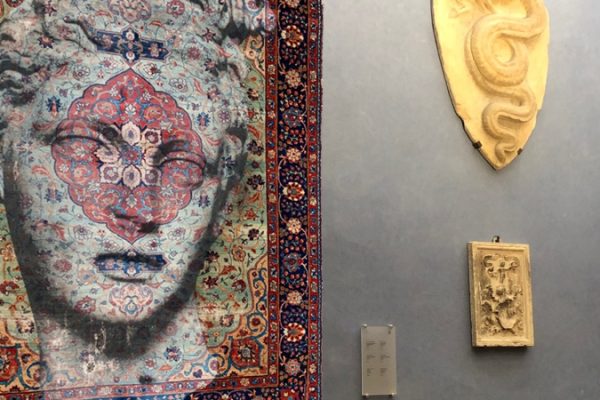
to 25 March 19
30 September
30 April
After Jhon Currin’s and Glenn Brown’s monographic retrospectives, the Bardini Museum in Florence will host Senza Data, Luca Pignatelli’s (Milan, 1962) personal exhibition curated by Sergio Risaliti. The event – from January 26 to March 25 –, patronized by the City of Florence, coordinated by MUS.E in collaboration with Poggiali Gallery in Florence, launches a new course of exhibitions scientifically conceived by the Museo Novecento and realized in the outdoor spaces of Santa Maria Novella square.
“Bardini Museum is one of the cultural sites that the administration intends to promote – says the Mayor of Florence, Dario Nardella –, a space chosen in recent years for great retrospectives such as John Currin’s and Glenn Brown’s. Therefore, it’s a pleasure to find here again Luca Pignatelli’s works, already exhibited in Florence in 2015, with a reflection on time and a great experimentation on materials, together with an original set-up specifically conceived for the halls of the museum.
The enhancement of the antique and present heritage, mixed with the Contemporary and the Future, is one of the main guidelines to lead Florence and its historical, artistic and cultural sites fully into the new century”.
After a little more than three years from “Migranti”, Luca Pignatelli’s solo exhibition at the Chimney Room in the Uffizi Gallery, the artist is back in Florence for another exhibition that witnesses the inverse movement through Historical Time that Pignatelli operates in comparison to those who cite the past with academic nostalgia.
Bardini Museum will host, along with a series of works on tarpaulin, wood, paper and iron, some of the latest pieces from Luca Pignatelli’s production: large paintings on Persian carpets from the beginning of the Twentieth Century, coherently associated to the wide and relevant collection of antique carpets of the Museum, which includes a textile artifact employed during Hitler’s first visit to Florence in 1938.
Furthermore, another group of artworks on paper will be presented to the public through a site-specific set-up that will include the frames and the furniture from the museum’s permanent collection.
“My research of these past years – the artist affirms – is about rethinking what time is compared to the image, to paintings. I believe that today it’s important to locate the image at the center of a reflection on memory and Bardini Museum is a symbol of this attitude, of a collection capable of representing a juxtaposition of ages and cultures. Through this exhibition I’d like to answer to a question: what stands in front of an image? To me, it’s a plurality of times, an assembly of misaligned and different temporalities”.
His paintings host antique iconographical materials that saved from oblivion, from fossilization, mass-production and fetishism, give back a contemporary language to classicism itself, as if that idea of classic never faded, nor perished, but still circulates among us as a real presence.
In other words, his repertoire is the one of an endless and timeless classicism, far from the mute and lifeless language of reproductions.
His figures located at the center of the representation space endure in a time constantly identical to the original and perpetually communicating to our uncertain condition of being, becoming and passing. A classicism that integrates and includes the archeology of contemporary, with its own metropolis, steam machines, the ones flying in gloomy skies, large ships that cut through the oceans.
One has the impression that Pignatelli knows how to collect images from iconographical repertoires in order to isolate icons, figures that have the strength of archetypes of the collective unconscious, which have settled not only in our visual memory, but in our feelings and our emotions as well.
Like war planes that move across the historical time and transform the nightmare of war tragedy into something still alive. Or the New York City skyline, a part of our sentimental mythology belonging to each of us overlapping through our collective memory, the one of movies and photography, press and entertainment.
“Through Luca Pignatelli’s paintings – says Sergio Risaliti, Director of Museo Novecento in Florence – historical Time and that of art rise again in the present, a stratification of memories from which the sense of immense eternity emerges, and that, nonetheless, repeats itself through
the appearance-appropriation of classical forms and proportions – a whole statue, a bust, an architecture, a fragment: Bardini Museum is the ideal place for this kind of revelation, which is also an experience of beauty and temporality in the same moment. This exhibition is also a step forward to redefine the identity and the function of Museo Novecento outside of its original location”.
In Pignatelli’s paintings, the “heads” of Greek or Roman age frequently have their eyes closed, are introverted and communicate a sense of unfinished, letting us feel the echo of great and immense emotions, of something infinite and timeless. For Pignatelli evoking classicism, even the one of modernism, may signify to suggest something immeasurable, to make space for a desire of greatness and vastness, sublime in itself. In all these feelings, we relive a neo-romantic experience of nostalgia, dramatized by the use of poor or industrial supports, charged with memory, a dialect of marks and materials, non-reducible to a mere linguistic suggestion or a cynical citation.
A feeling of admiration and nostalgia for classicism and modernism, with its illusions and its tragedies, turns to monumentality, not to quote its rhetorical form, but to live on a desire for beauty revealed by memory to the contemporary subject in a moment of active contemplation.
Even for the exhibition “Senza Data”, similarly to the previous solo of Currin and Brown, Luca Pignatelli’s artworks will be in close relation to the Bardini Museum’s art collections, renowned globally for the peculiar mise-en-scene of the antiquities once owned by the great Florentine merchant and collector Stefano Bardini between the end of the Nineteenth Century and the beginning of the Twentieth.
The highly fascinating museum, where objects co-exist in a varied combination of masterpieces and artisanal crafts, and besides Roman, Medieval and Renaissance art, is pervaded by its past owner’s eclectic spirit.
Another characteristic of the museum’s environment is the particular blue tone of the rooms, named “Bardini Blue”, against which the collections are staged and that was especially chosen by the Florentine antiquarian and collector during one of his many trips to Russia. The shade is a noble and warm “monochrome” which was later on utilized for the decoration of the interiors of a number of museums and private galleries.
Bardini Museum treasures masterpieces from different ages, such as Tino da Camaino’s Carità, Donatello’s Madonna dei Cordai, besides paintings of extraordinary importance like Bernardo Daddi’s Crocifisso, Pollaiolo’s Saint Michael Archangel, Giovanni da San Giovanni’s Notte con Aurora e un amorino, Guercino’s Atlante. Furthermore, the collection includes a series of original drawings by Masters such as Tiepolo (both Giambattista and his sons, Lorenzo and Domenico), Piazzetta, together with exquisite polychromatic terracotta artifacts and a remarkable group of carpets and antique weapons. This gallery attracts the most refined and interesting artists of our time.
A catalogue will be published for the exhibition by Forma Edizioni, with a text by Sergio Risaliti and a conversation between Luca Pignatelli and Pierluigi Panza.

